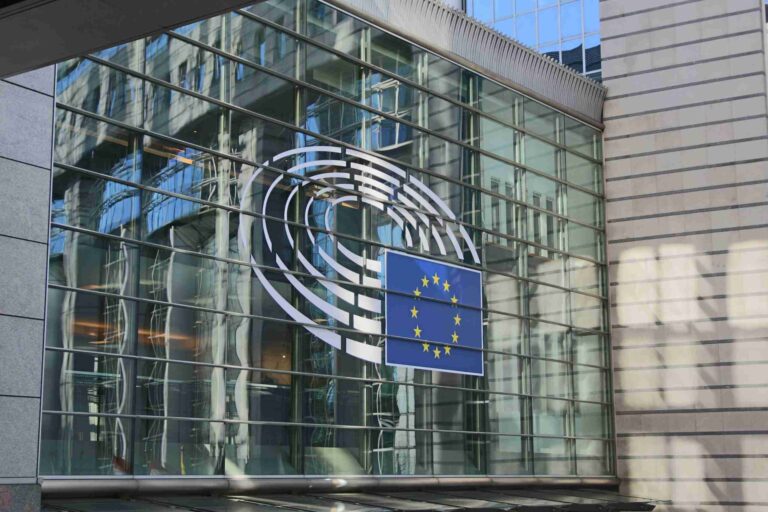The European Stability Mechanism (ESM) is a fund created by the European Union in 2012 to provide financial support to Eurozone countries facing economic difficulties.
The establishment of the ESM has the scope of helping prevent the spread of the financial crisis in Europe and to strengthen the stability of the euro. Eurozone countries finance the fund themselves. It can provide loans to countries in difficulty on favorable terms.
The ESM has the power to buy bonds issued by member countries and provide financing to help reform their economies.
Table of Contents
When the ESM was born and how it works
The European Stability Mechanism was created in 2012 to deal with the economic and financial crisis in the eurozone, which had begun to spread since the sovereign debt crisis in Greece.
The ESM serves to provide financial support to Eurozone countries that are facing economic difficulties, such as the sovereign debt crisis or the bank debt crisis. Eurozone countries finances the fund and it can provide loans and the use of other financial instruments to struggling countries on favorable terms so that they can cope with their economic and financial difficulties.
To activate the ESM, a Eurozone country must request financial support. The request goes through the evaluation by the European Commission and the European Council. And the decision to activate the fund must come unanimously by the Eurozone countries.
How many states started the ESM
The European Stability Mechanism was created by European Union countries that adopt the single European currency, the euro.
Currently these countries are 19, known as the Eurozone. The member countries are: Austria, Belgium, Cyprus, Estonia, Finland, France, Germany, Greece, Ireland, Italy, Latvia, Lithuania, Luxembourg, Malta, the Netherlands, Portugal, Slovakia, Slovenia, and Spain.
However, it is important to note that the ESM is also open to countries that are not part of the Eurozone but have joined the mechanism.
Who has used the ESM in the history of Europe
So far, some Eurozone countries have used the ESM to receive funding. Among them:
- Greece: the country used it to receive three loan packages from 2010 to 2018 to deal with the sovereign debt crisis;
- Ireland: used the ESM to receive one loan package in 2010-13 to deal with the bank debt crisis;
- Portugal: the country used it to receive a loan package in 2011-14 to cope with the sovereign debt crisis;
- Cyprus: the country used it to receive a loan package in 2013 to cope with the bank debt crisis;
- Spain: used the ESM to receive a loan package in 2012 to cope with the bank debt crisis;
- Italy: the country used it only for secondary market bond purchases, never for loans.
It is important to note that the use of the ESM is subject to strict conditions and requirements. And that countries using it must implement economic and fiscal reforms to help repair their economies.
Read also: EU agreement on gas price cap: how it works and why Moscow threatens Europe as a response












